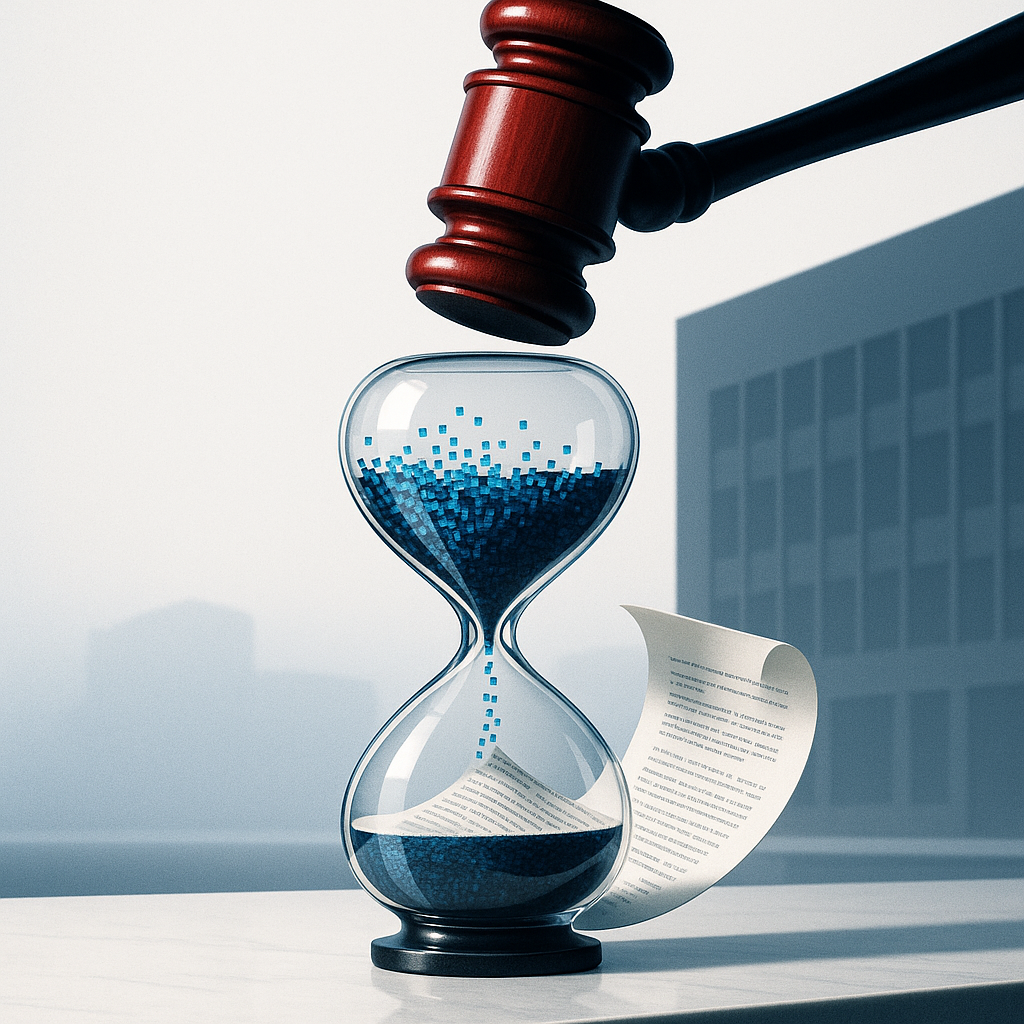EU AI Act Triggers Global Compliance Overhaul for General‐Purpose AI
Published Nov 16, 2025
As of 2 August 2025 the EU AI Act’s obligations for providers of general-purpose AI (GPAI) models entered into application across the EU, imposing rules on transparency, copyright and safety/security for models placed on the market, with models already on market required to comply by 2 August 2027; systemic‐risk models—e.g., those above compute thresholds such as >10^23 FLOPs—face additional notification and elevated safety/security measures. A July 2025 template now mandates public training‐data summaries, a voluntary Code of Practice was finalized on 10 July 2025 to help demonstrate compliance, and enforcement including fines up to 7% of global turnover will start 2 August 2026. Impact: product release strategies, contracts and deployments must align to avoid delisting or penalties. Immediate actions: classify models under GPAI criteria, run documentation and safety gap analyses, and decide on CoP signatory status.
